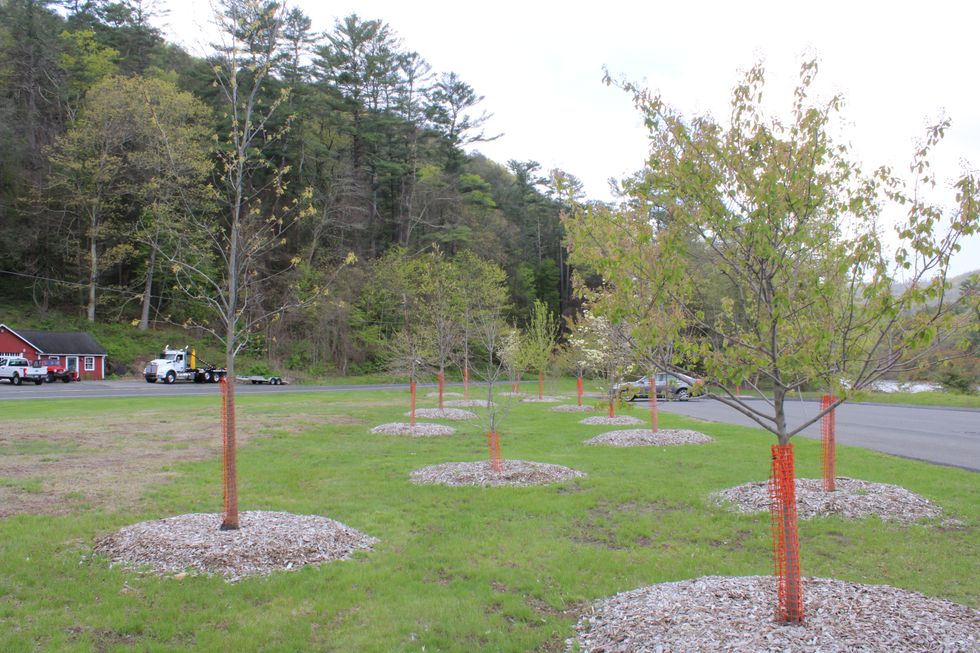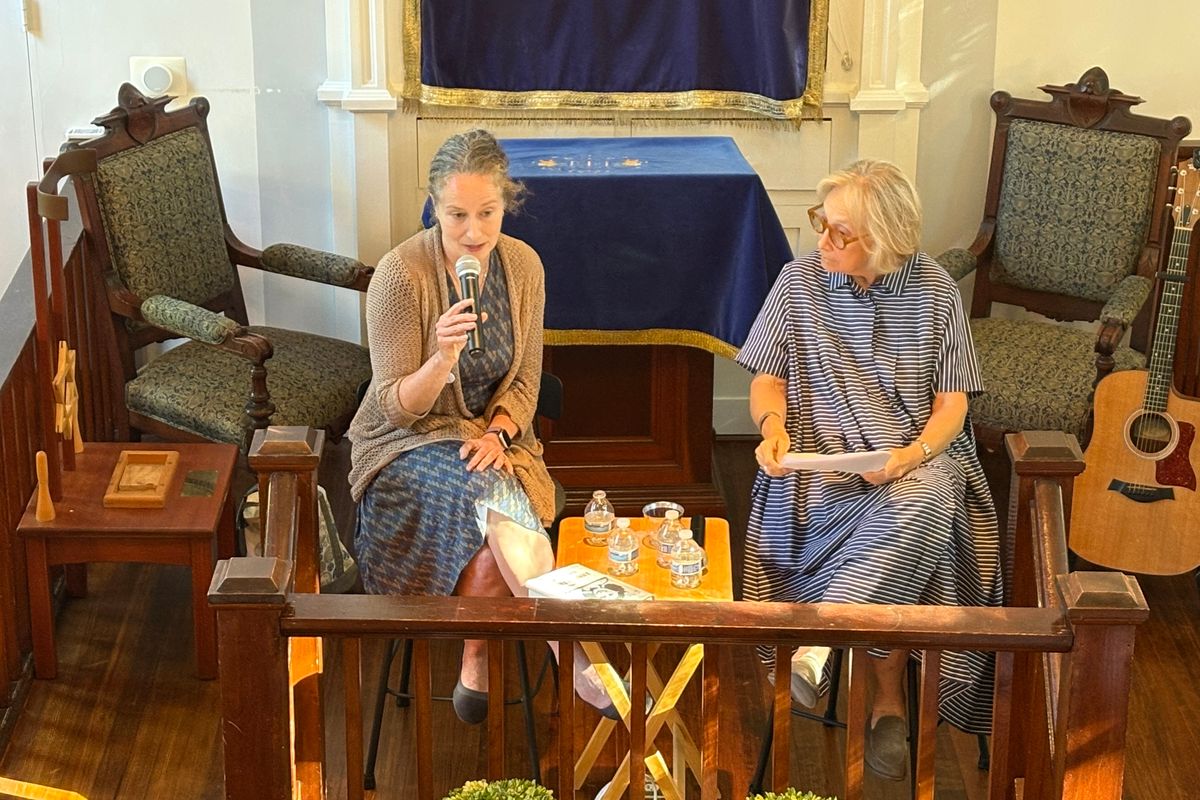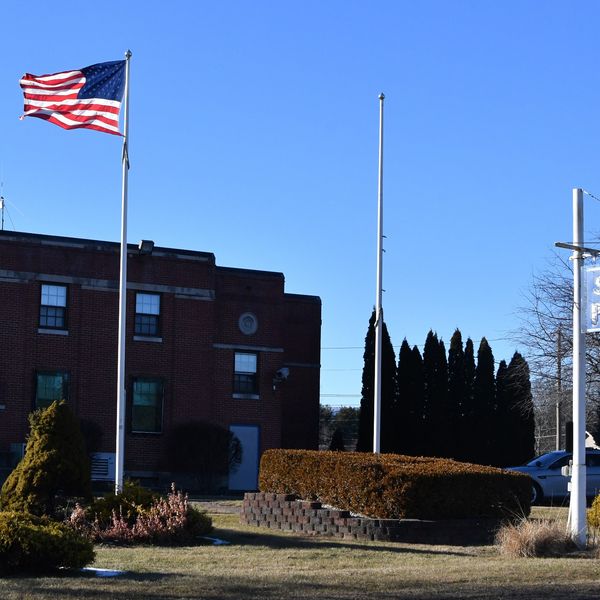Housatonic Meadows: Saplings grow where trees once towered

These saplings were planted at Housatonic Meadows State Park to begin to replace some 100 mature trees that were cut down by the state, sparking a controversy.
Photo by Ollie Gratzinger







